What to Know
If you’re considering adding a furry friend to your family, you may be wondering which dog breeds are the fluffiest. Fluffy dog breeds are known for their cuddly, soft coats and adorable appearance. Whether you’re looking for a lap dog or an active companion, there’s a fluffy dog breed out there for you.
Understanding Fluffy Dog Breeds is important when deciding which breed is right for you. Some breeds have high grooming needs, while others are relatively low maintenance. Additionally, each breed has its own unique temperament and personality traits. By learning about the different breeds, you can find the perfect fluffy companion that fits your lifestyle and personality.
Guide to Fluffy Dog Breeds
- Fluffy dog breeds are known for their soft, cuddly coats and adorable appearance.
- Understanding the grooming needs, temperament, and personality of each breed is important when choosing a fluffy dog.
- With so many fluffy dog breeds to choose from, there’s a perfect companion out there for everyone.
Understanding Fluffy Dog Breeds
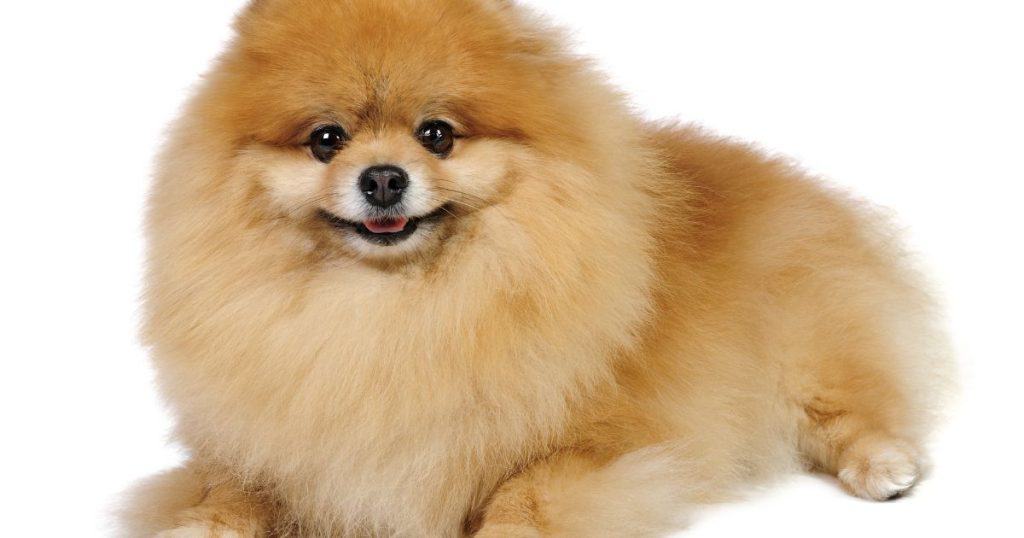
Fluffy dog breeds are a popular choice for pet owners who want a furry companion that is both adorable and cuddly. These breeds are characterized by their long, soft, and fluffy coats that require regular grooming to keep them looking their best.
One of the defining features of fluffy dog breeds is their double coat. This means that they have an outer coat of long, fluffy hair, and an undercoat of shorter, denser hair that provides insulation and helps regulate body temperature. This double coat helps protect them from the cold and other harsh environmental conditions.
It’s important to note that not all fluffy dogs have a double coat. Some breeds, such as the Bichon Frise, have a single coat of hair that is curly and fluffy. However, these breeds still require regular grooming to keep their coats looking healthy and free of tangles.
If you’re considering getting a fluffy dog breed, it’s important to understand that their coats require a lot of maintenance. Regular brushing and grooming are essential to prevent matting and keep their coats looking fluffy and healthy. You may also need to take your dog to a professional groomer for trimming and shaping their coat.
In addition to their grooming needs, fluffy dog breeds also have unique personality traits that make them great pets. Many of these breeds are known for their loyalty, affectionate nature, and playful personalities. However, it’s important to research each breed carefully to ensure that they are a good fit for your lifestyle and living situation.
Overall, fluffy dog breeds are a wonderful choice for pet owners who want a furry companion that is both adorable and affectionate. With proper care and attention, these dogs can make wonderful pets and bring joy and happiness to your life.
Overview of Fluffy Dog Breeds
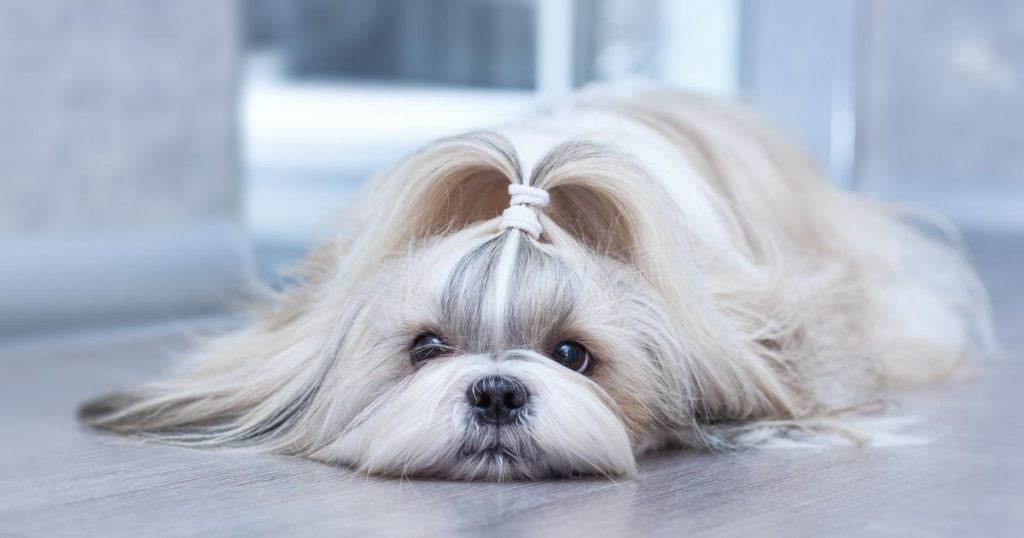
If you’re looking for a furry companion to snuggle with, then fluffy dog breeds are the perfect choice for you. These dogs are known for their soft, long, and fluffy coats that are a delight to touch and cuddle with. In this section, we’ll give you an overview of small and big fluffy dog breeds, their characteristics, and what to expect when owning one.
Small Fluffy Dog Breeds
Small fluffy dog breeds are perfect for those who live in small apartments or have limited space. They are also ideal for people who want a lap dog that they can carry around with them. Here are some of the most popular small fluffy dog breeds:
- Bichon Frise: This breed is known for its white fluffy coat and playful personality. They are great with children and make excellent family pets.
- Pomeranian: These dogs are known for their thick, fluffy coats and lively personalities. They are great with children and make excellent watchdogs.
- Shih Tzu: This breed is known for its long, flowing coat and friendly personality. They are great with children and make excellent lap dogs.
Big Fluffy Dog Breeds
If you’re looking for a larger dog with a fluffy coat, then big fluffy dog breeds are perfect for you. These dogs are great for families with children and make excellent watchdogs. Here are some of the most popular big fluffy dog breeds:
- Samoyed: This breed is known for its thick, white, and fluffy coat. They are great with children and make excellent family pets.
- Newfoundland: These dogs are known for their large size and thick, fluffy coats. They are great with children and make excellent watchdogs.
- Great Pyrenees: This breed is known for its thick, white, and fluffy coat. They are great with children and make excellent guard dogs.
When owning a fluffy dog breed, it’s important to keep their coats well-groomed to prevent matting and tangling. Regular brushing, bathing, and trimming are necessary to maintain their fluffy appearance. Additionally, some fluffy dog breeds may shed more than others, so it’s important to consider this when choosing a breed.
In conclusion, fluffy dog breeds are perfect for those who want a cuddly companion that they can snuggle with. Whether you choose a small or big fluffy dog breed, you’re sure to find a loyal and loving companion that will bring joy to your life.
Specific Fluffy Dog Breeds
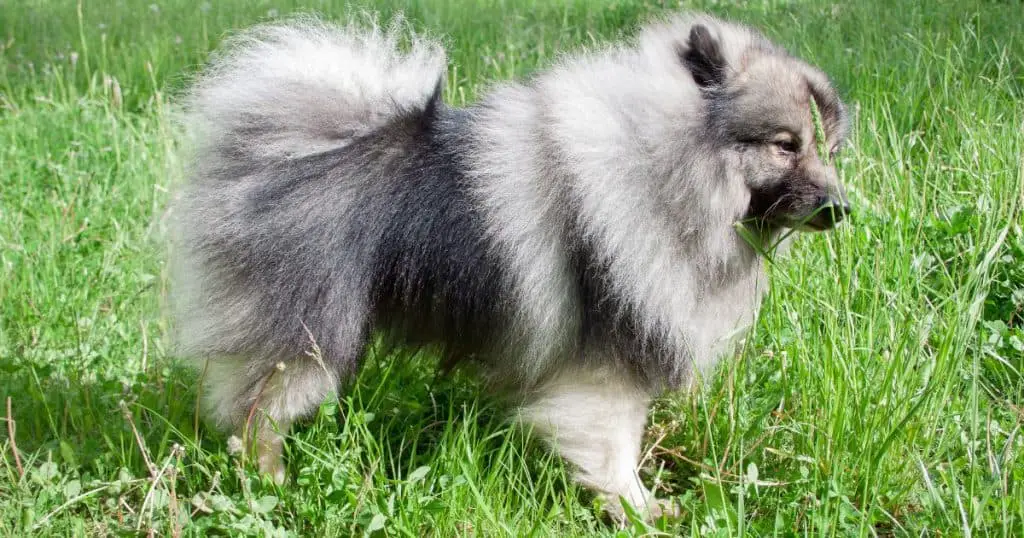
If you’re a dog lover, you know that there’s nothing quite like a fluffy dog. Fluffy dogs are known for their long, thick fur that makes them look like walking clouds. They come in all shapes and sizes, from tiny Pomeranians to massive Great Pyrenees. In this section, we’ll take a closer look at some specific fluffy dog breeds and what makes them so special.
Pomeranian
The Pomeranian is a small, fluffy dog that’s known for its friendly personality and adorable appearance. These dogs are a type of Spitz, which means they have a thick double coat that keeps them warm in cold weather. Pomeranians are also known for their small size, which makes them a popular choice for apartment dwellers and people who want a lap dog.
Keeshond
The Keeshond is another Spitz breed that’s known for its fluffy coat. These dogs are medium-sized and have distinctive “spectacles” markings around their eyes. Keeshonds are friendly, intelligent dogs that make great family pets. They’re also very active and love to play, so they’re a good choice for people who enjoy spending time outdoors.
Chow Chow
The Chow Chow is a large, fluffy dog that’s known for its distinctive blue-black tongue and lion-like appearance. These dogs are independent and have a cat-like personality, which makes them a good choice for people who want a dog that’s not overly needy. Chow Chows require regular grooming and bathing to maintain their thick double coat.
Samoyed
The Samoyed is a large, fluffy dog that’s known for its friendly personality and distinctive smile. These dogs were originally bred to work as sled dogs in Siberia, which means they have a thick double coat that keeps them warm in cold weather. Samoyeds are also very active and love to play, so they’re a good choice for people who enjoy spending time outdoors.
American Eskimo
The American Eskimo is a small, fluffy dog that’s known for its friendly personality and distinctive white coat. These dogs were originally bred to work as watchdogs, which means they’re very alert and protective of their owners. American Eskimos require regular grooming to maintain their thick double coat.
Old English Sheepdog
The Old English Sheepdog is a large, fluffy dog that’s known for its distinctive shaggy appearance. These dogs were originally bred to work as herding dogs, which means they’re very intelligent and trainable. Old English Sheepdogs are also very friendly and make great family pets.
Collie
The Collie is a medium-sized, fluffy dog that’s known for its friendly personality and distinctive “Lassie” appearance. These dogs were originally bred to work as herding dogs, which means they’re very intelligent and trainable. Collies are also very loyal and make great family pets.
Pekingese
The Pekingese is a small, fluffy dog that’s known for its distinctive flat face and lion-like appearance. These dogs were originally bred to be lap dogs for Chinese royalty, which means they’re very affectionate and love to be pampered. Pekingese require regular grooming to maintain their thick double coat.
Poodle
The Poodle is a medium-sized, fluffy dog that’s known for its distinctive curly coat. These dogs were originally bred to work as water retrievers, which means they’re very intelligent and trainable. Poodles come in a variety of sizes, from toy to standard, and require regular grooming to maintain their curly coat.
Siberian Husky
The Siberian Husky is a medium-sized, fluffy dog that’s known for its friendly personality and distinctive blue eyes. These dogs were originally bred to work as sled dogs in Siberia, which means they have a thick double coat that keeps them warm in cold weather. Siberian Huskies are also very active and love to play, so they’re a good choice for people who enjoy spending time outdoors.
Australian Shepherd
The Australian Shepherd is a medium-sized, fluffy dog that’s known for its friendly personality and distinctive “merle” coat. These dogs were originally bred to work as herding dogs, which means they’re very intelligent and trainable. Australian Shepherds are also very active and love to play, so they’re a good choice for people who enjoy spending time outdoors.
Bearded Collie
The Bearded Collie is a medium-sized, fluffy dog that’s known for its friendly personality and distinctive shaggy appearance. These dogs were originally bred to work as herding dogs, which means they’re very intelligent and trainable. Bearded Collies are also very active and love to play, so they’re a good choice for people who enjoy spending time outdoors.
Newfoundland
The Newfoundland is a large, fluffy dog that’s known for its friendly personality and distinctive “webbed” feet. These dogs
Grooming Fluffy Dogs
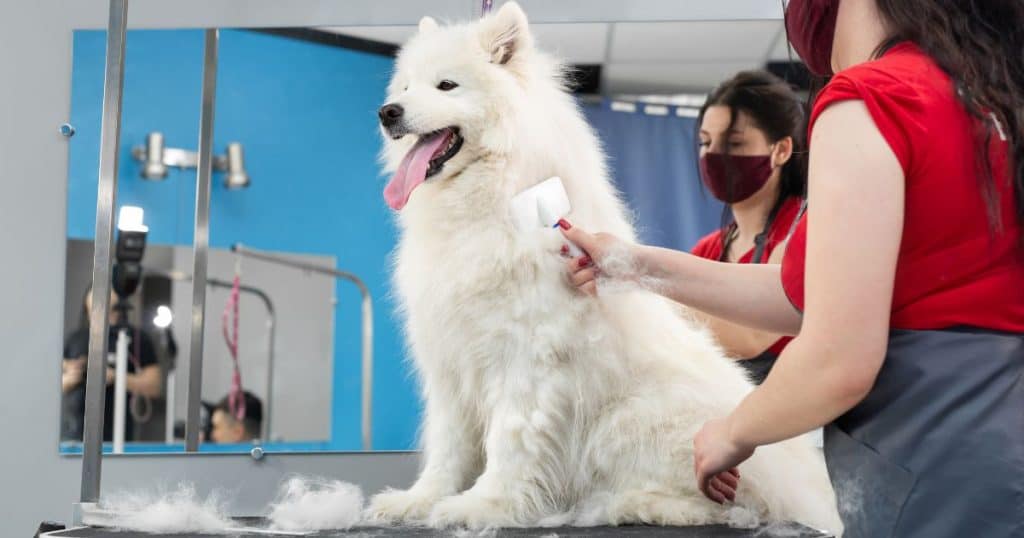
As a responsible pet owner, it is important to maintain your fluffy dog’s coat to keep them healthy and comfortable. Regular grooming can help prevent matting and tangles, and keep your dog looking its best. In this section, we will cover the basics of grooming fluffy dogs, including brushing, bathing, and managing shedding.
Brushing
Brushing is an essential part of grooming your fluffy dog. It helps to remove dead hair, prevent matting, and distribute natural oils throughout the coat. The type of brush you use will depend on your dog’s hair type and length. For long-haired dogs, a slicker brush is recommended, while short-haired dogs can be brushed with a rubber or bristle brush. Brush your dog at least once a week, and more frequently during shedding season.
When brushing your dog, start at the head and work your way down to the tail, using long, gentle strokes. Pay special attention to areas that are prone to matting, such as behind the ears and under the legs. If you encounter a mat, use a dematting tool or scissors to carefully remove it. Be sure to reward your dog with treats and praise during grooming sessions to make it a positive experience.
Bathing
Bathing your fluffy dog is another important part of grooming. It helps to keep their coat clean and healthy, and can also reduce shedding. The frequency of baths will depend on your dog’s activity level and coat type. Generally, dogs should be bathed every 4-6 weeks.
When bathing your dog, use a mild dog shampoo and warm water. Wet your dog’s coat thoroughly, and lather the shampoo from head to tail. Be sure to avoid getting shampoo in your dog’s eyes and ears. Rinse your dog thoroughly with warm water, and towel dry or use a blow dryer on a low setting. If your dog has a long coat, you may need to use a comb to remove any tangles or mats.
Managing Shedding
Fluffy dogs are known for shedding, and managing it can be a challenge. Regular brushing can help to reduce shedding, but there are other steps you can take as well. For example, adding a supplement to your dog’s diet can help to promote healthy skin and coat. You can also use a shedding tool to remove excess hair, or consider a professional grooming service.
During shedding season, which typically occurs in the spring and fall, you may need to increase the frequency of brushing and bathing. This will help to remove loose hair before it can accumulate in your home. Be sure to vacuum and sweep regularly to keep your home clean and free of hair.
In conclusion, grooming your fluffy dog is an important part of responsible pet ownership. Regular brushing, bathing, and managing shedding can help to keep your dog healthy and comfortable. By following these tips, you can ensure that your fluffy dog looks and feels its best.
Training and Temperament of Fluffy Dogs
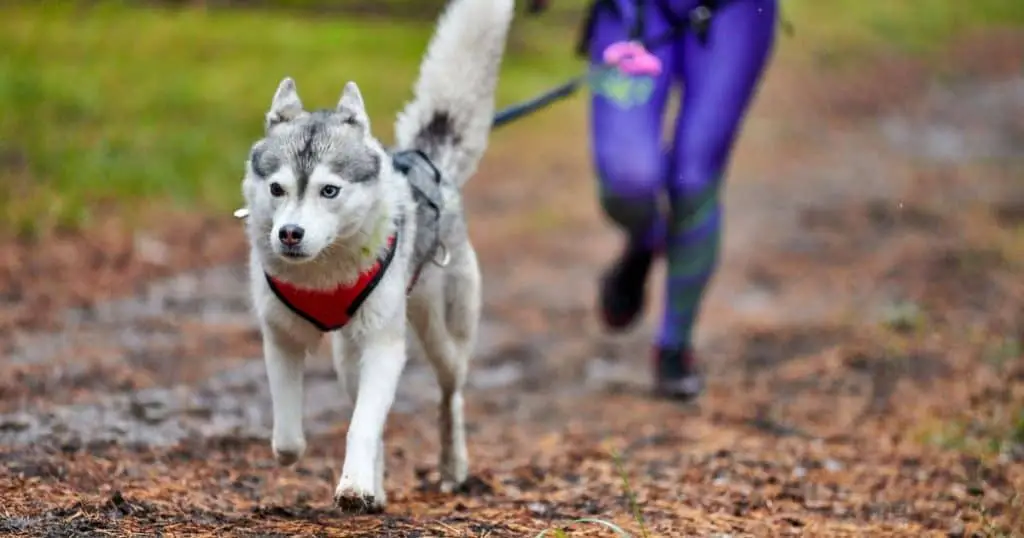
Fluffy dogs, like any other breed, require proper training and socialization. It is essential to start training your fluffy dog from an early age to ensure they grow into well-behaved and obedient dogs. Fluffy dogs are independent and playful, and they require consistent training to keep their enthusiasm in check.
Training
Training a fluffy dog requires patience, consistency, and positive reinforcement. Fluffy dogs respond well to positive reinforcement techniques such as treats, praise, and playtime. It is essential to establish yourself as the alpha in the relationship with your fluffy dog to ensure they respect and listen to your commands.
Fluffy dogs require regular exercise to keep them physically and mentally stimulated. It is recommended to provide them with at least 30 minutes of daily exercise, such as walks or playtime in the backyard. Training your fluffy dog to walk on a leash is also crucial to ensure they are well-behaved in public places.
Grooming is also an essential aspect of training your fluffy dog. Fluffy dogs require regular grooming to keep their coats clean and tangle-free. Regular grooming sessions also provide an opportunity to bond with your fluffy dog and reinforce positive behavior.
Temperament
Fluffy dogs are known for their friendly and affectionate temperament. They are enthusiastic and playful, making them great companions for families with children. However, their independent nature can sometimes lead to stubborn behavior, making consistent training essential.
Socialization is also crucial for fluffy dogs to ensure they are comfortable and well-behaved around other dogs and people. Introducing your fluffy dog to new environments and experiences from an early age can help prevent fear and anxiety in social situations.
In conclusion, training and socialization are essential for fluffy dogs to ensure they grow into well-behaved and happy companions. With patience, consistency, and positive reinforcement, you can train your fluffy dog to be a loving and obedient member of your family.
Health and Nutrition of Fluffy Dogs
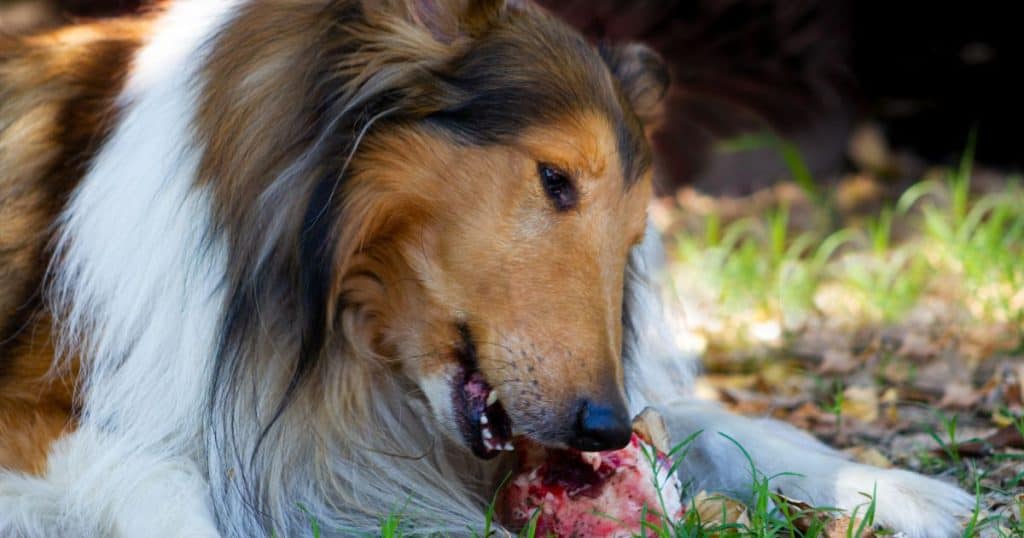
When it comes to owning a fluffy dog, it’s important to prioritize their health and nutrition. This section will cover some essential information that every owner should know about their fluffy dog’s health and nutrition. We’ll break down this section into two sub-sections: Health and Nutrition.
Health
Fluffy dogs, like any other breed, require regular visits to the veterinarian to ensure their health and well-being. Regular check-ups and vaccinations can help prevent diseases and illnesses from affecting your furry friend. It’s also important to keep an eye on any changes in your dog’s behavior or physical appearance, as these can be signs of underlying health issues.
Some fluffy dog breeds are hypoallergenic, which means they produce fewer allergens than other breeds. However, this doesn’t mean that they’re completely allergen-free. If you or someone in your household has allergies, it’s important to consult with your veterinarian before bringing a fluffy dog into your home.
If your fluffy dog does require treatment for any health issues, it’s important to follow your veterinarian’s instructions closely. This may include administering medication or making changes to your dog’s diet or exercise routine.
Nutrition
Proper nutrition is essential for a fluffy dog’s health and well-being. It’s important to feed your dog a high-quality dog food that’s appropriate for their age, breed, and activity level. Some fluffy dog breeds may require a specific type of diet due to their unique health needs.
In addition to providing your fluffy dog with a balanced diet, it’s important to ensure they have access to clean water at all times. Dehydration can lead to serious health issues, so make sure your dog always has access to fresh water.
It’s also important to monitor your dog’s weight and adjust their diet and exercise routine accordingly. Obesity can lead to a variety of health issues, including joint problems and heart disease.
In conclusion, taking care of a fluffy dog requires a commitment to their health and nutrition. Regular check-ups, proper nutrition, and exercise can help ensure your furry friend lives a long and healthy life.
Fluffy Dogs as Therapy Dogs
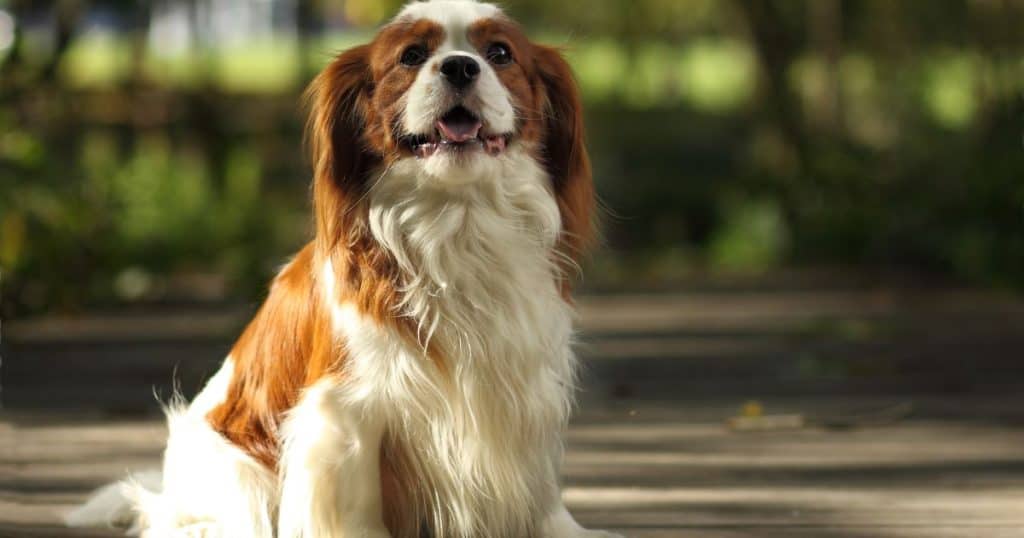
Fluffy dogs are not only cute and cuddly, but they can also make great therapy dogs. Therapy dogs are trained to provide comfort and affection to people in various settings such as hospitals, nursing homes, schools, and disaster areas. They can help reduce stress, anxiety, and depression, and improve mood and overall well-being.
When it comes to fluffy dog breeds, there are several that make great therapy dogs. Here are a few examples:
- Bichon Frise: This small and fluffy breed is known for its friendly and affectionate nature, making it a great therapy dog. They are also hypoallergenic, which can be beneficial for people with allergies.
- Cavalier King Charles Spaniel: This breed is known for its gentle and loving personality, making it an excellent therapy dog for children and the elderly. They are also adaptable and easy to train.
- Pomeranian: Despite their small size, Pomeranians have big personalities and are known for their loyalty and affection towards their owners. They can make great therapy dogs for people of all ages.
- Shih Tzu: This breed is known for its calm and friendly demeanor, making it an ideal therapy dog for people with anxiety or stress. They are also easy to train and adaptable to different environments.
It’s important to note that not all fluffy dogs are suitable for therapy work. It’s essential to choose a breed that is calm, friendly, and well-behaved. Additionally, therapy dogs must undergo specialized training to ensure they are comfortable in different environments and can interact appropriately with people.
In conclusion, fluffy dogs can make excellent therapy dogs, providing comfort and affection to people in need. If you’re considering getting a therapy dog, be sure to choose a breed that is well-suited for the job and undergo specialized training to ensure they are prepared for their role.
FAQs
What is the best fluffy dog breed?
Choosing the best fluffy dog breed depends on your lifestyle and preferences. Some popular fluffy dog breeds include Pomeranians, Bichon Frises, Samoyeds, Chow Chows, and Keeshonds. Each breed has its own unique characteristics, so it’s important to do your research and choose a breed that fits your needs.
What is the number 1 fluffiest dog in the world?
What is the fluffiest puppy breed?
The fluffiest puppy breed is also subjective, but some of the fluffiest puppies include the Pomeranian, Chow Chow, Samoyed, Bichon Frise, and Keeshond. Keep in mind that fluffy puppies require regular grooming to maintain their coat’s health and appearance.




Leave a Reply
You must be logged in to post a comment.